Text

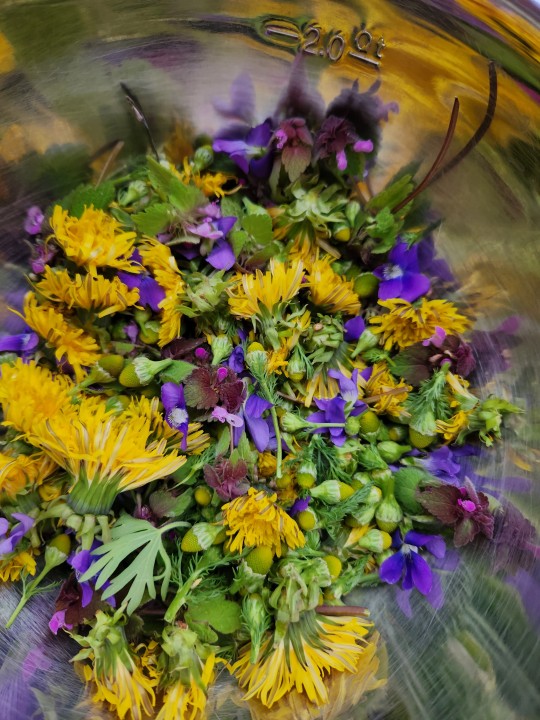

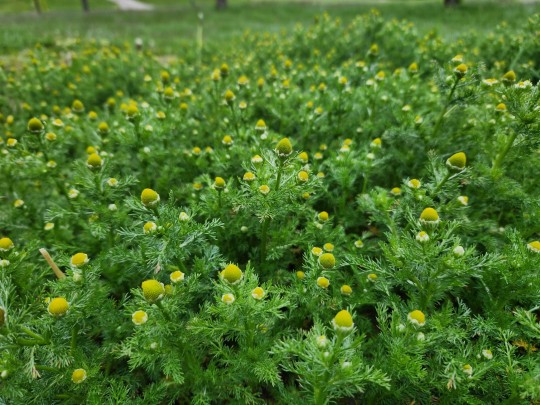
Lots of foraging today.
(flowers: mayweed, dandelion, dead nettle, violet, ground clover, henbit, cranesbill
leaves: chicory, dandelion, plantain, ground clover)
21 notes
·
View notes
Text
I made some floral fairy jellies today 💖❤️
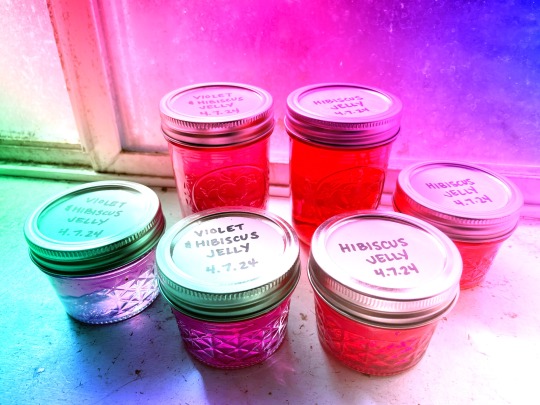

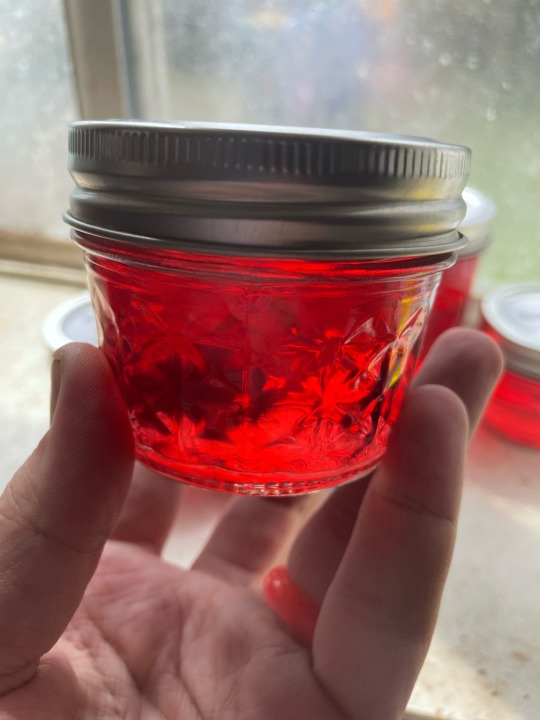

Violet & Common Hibiscus Jelly 🌸
Roselle Hibiscus Jelly 🌺
#floral jelly#violet#hibiscus#violet jelly#hibiscus jelly#alihartforages#foraging#wild edibles#wild foods#wildcrafting#alihartwrites
3 notes
·
View notes
Text
comprehensive list of edible flowers to celebrate spring!:
magnolias (they taste like ginger)
dandelions (only eat the yellow stuff not the bitter green stuff)
violets (if u make tea from them then add lemon it turns pink! tastes earthy and mildly sweet)
lilac (they're bitter on their own but if you put a flower head in cold water for a couple hours it makes the most divine, refreshing spring drink)
marigolds (kinda peppery, v fun in salads-- used as a sub for saffron in cooking)
rose (the og edible flower, most are very floral and taste like how they smell, they make for an excellent tea as well!)
nasturnium (very peppery, almost like horseradish-- not my fav but if u like it go off i guess)
peonys (mildly sweet, floral flavor and fun to eat off the bush)
wood sorrel (the flowers are small so it barely made it onto this list but they taste like little bombs of green apple so go eat them--also eat the leaves!)
daisy (some say the yellow center tastes like pineapple-- i think its a bit of a stretch but they are sweet and tasty nonetheless!)
red clover (the flower heads can be white or pink-- the pink ones are the sweeter ones)
redbud (these grow on trees in v early spring-- they taste exactly like snap peas.)
always remember to do research before eating any wild plant, and always be 100% certain that u have the right one-- also don't eat stuff that might be contaminated with pesticides
337 notes
·
View notes
Text
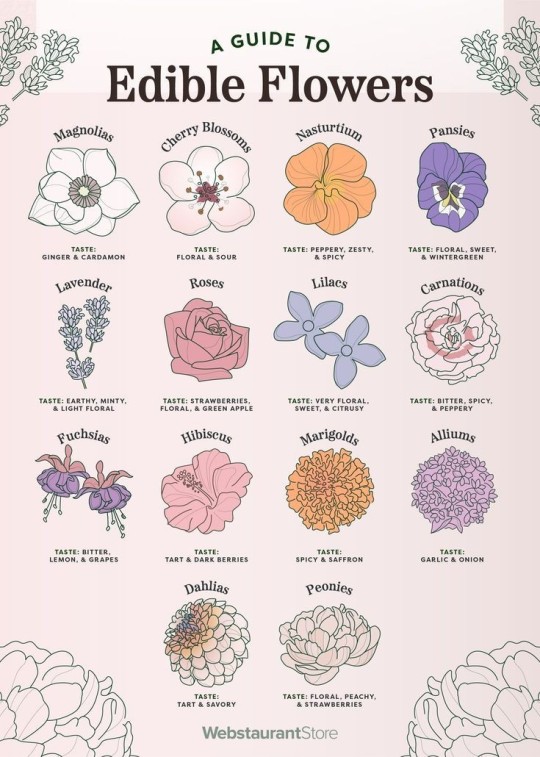
🖤🔮✨
#edible#edible flowers#flowers#flower#magnolia#cherry blossom#nasturtium#pansies#lavender#rose#lilac#carnation#fuschia#hibiscus#marigold#allium#dahlia#peony#repost#reference
1K notes
·
View notes
Text
A stinging nettle growing out of a log covered in moss. 💚
[Nature Walk & Foraging 03.28.2024]
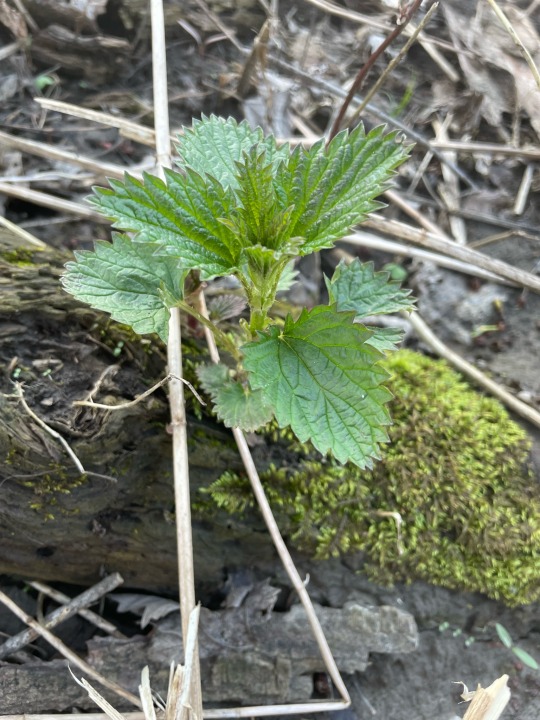


#foraging#nature#nature walk#stinging nettles#logs#moss#plant foraging#plant id#plant identification#wild edibles#queer forager#alihartforages#oc
6 notes
·
View notes
Text
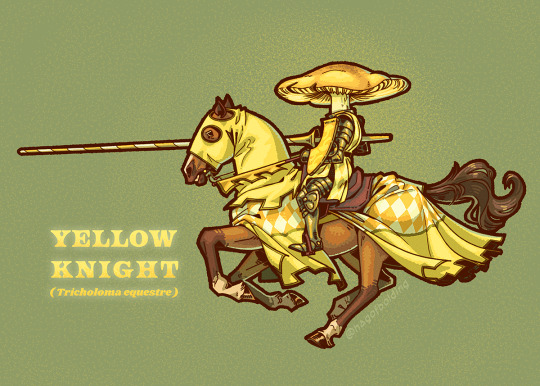
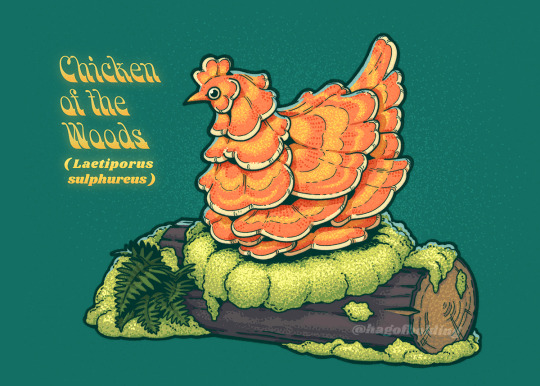
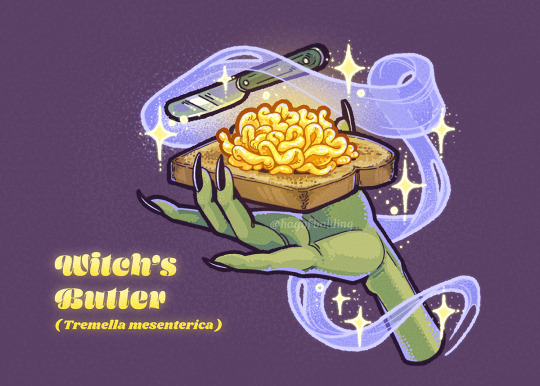
All 3 fungus postcard print / sticker designs, looking forward to getting all these printed and in my sticky little hands SOON
6K notes
·
View notes
Text
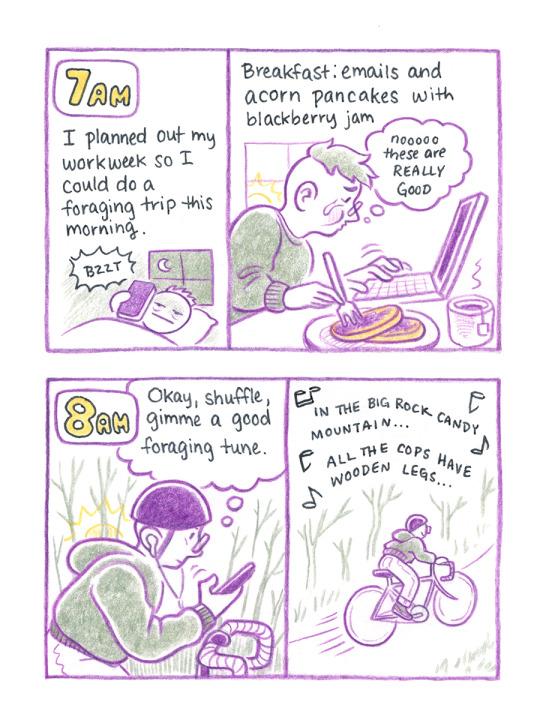




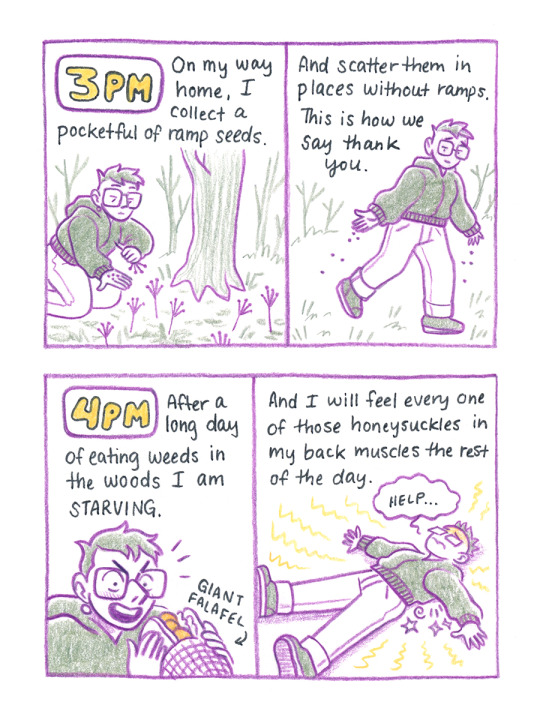
Documenting a foraging trip through my 2024 hourlies this year!
4K notes
·
View notes
Text
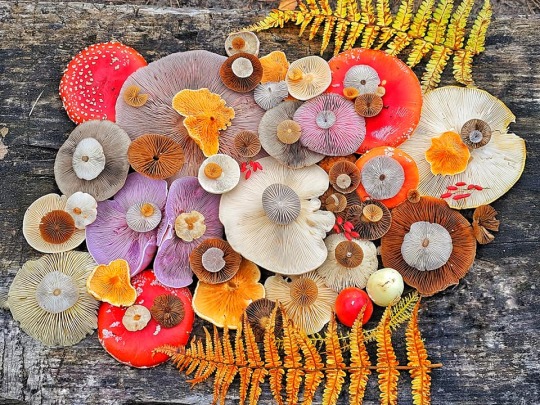
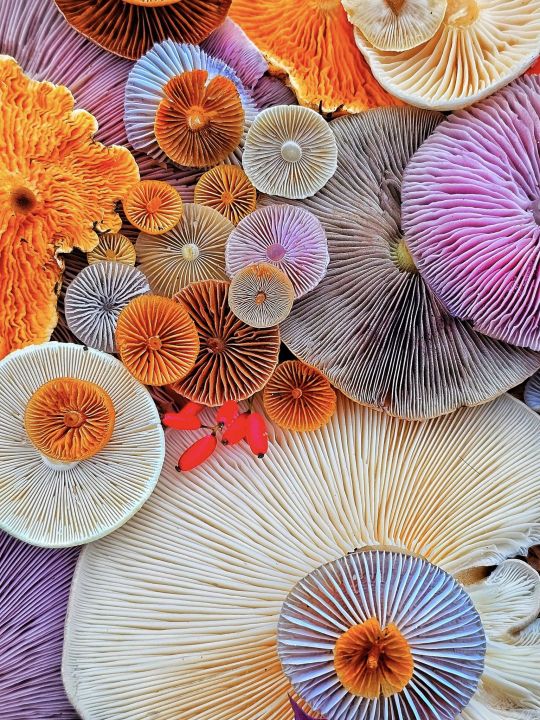

Autumn Mushroom Mix… from Lithuania 🍄🍁🍂🥰🍄 by Jurgita Kvas
1K notes
·
View notes
Text
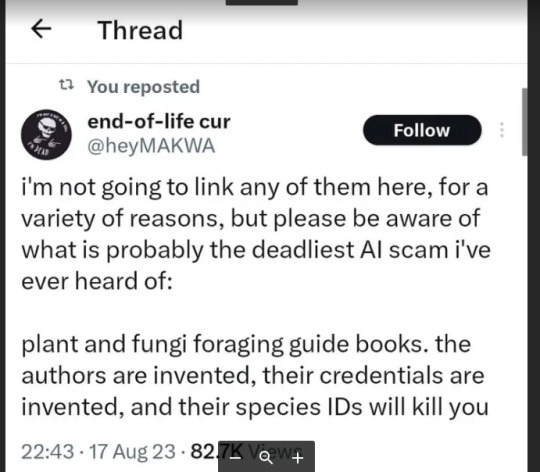
ETA: I wrote up a guide on clues that a foraging book was written by AI here!
[Original Tweet source here.]
[RANT AHEAD]
Okay, yeah. This is a very, very, very bad idea. I understand that there is a certain flavor of techbro who has ABSOLUTELY zero problem with this because "AI is the future, bro", and we're supposed to be reading their articles on how to use AI for side hustles and all that.
I get that ID apps have played into people's tendency to want quick and easy answers to everything (I'm not totally opposed to apps, but please read about how an app does not a Master Naturalist make.) But nature identification is serious stuff, ESPECIALLY when you are trying to identify whether something is safe to eat, handle, etc. You have to be absolutely, completely, 100000% sure of your ID, and then you ALSO have to absolutely verify that it is safely handled and consumed by humans.
As a foraging instructor, I cannot emphasize this enough. My classes, which are intended for a general audience, are very heavy on identification skills for this very reason. I have had (a small subsection of) students complain that I wasn't just spending 2-3 hours listing off bunches of edible plants and fungi, and honestly? They can complain all they want. I am doing MY due diligence to make very sure that the people who take my classes are prepared to go out and start identifying species and then figure out their edibility or lack thereof.
Because it isn't enough to be able to say "Oh, that's a dandelion, and I think this might be an oyster mushroom." It's also not enough to say "Well, such-and-such app says this is Queen Anne's lace and not poison hemlock." You HAVE to have incredibly keen observational skills. You HAVE to be patient enough to take thorough observations and run them through multiple forms of verification (field guides, websites, apps, other foragers/naturalists) to make sure you have a rock-solid identification. And then you ALSO have to be willing to read through multiple sources (NOT just Wikipedia) to determine whether that species is safely consumed by humans, and if so if it needs to be prepared in a particular way or if there are inedible/toxic parts that need to be removed.
AND--this phenomenon of AI-generated crapola emphasizes the fact that in addition to all of the above, you HAVE to have critical thinking skills when it comes to assessing your sources. Just because something is printed on a page doesn't mean it's true. You need to look at the quality of the information being presented. You need to look at the author's sources. You need to compare what this person is saying to other books and resources out there, and make sure there's a consensus.
You also need to look at the author themselves and make absolutely sure they are a real person. Find their website. Find their bio. Find their social media. Find any other manners in which they interact with the world, ESPECIALLY outside of the internet. Contact them. Ask questions. Don't be a jerk about it, because we're just people, but do at least make sure that a book you're interested in buying is by a real person. I guarantee you those of us who are serious about teaching this stuff and who are internet-savvy are going to make it very easy to find who we are (within reason), what we're doing, and why.
Because the OP in that Tweet is absolutely right--people are going to get seriously ill or dead if they try using AI-generated field guides. We have such a wealth of information, both on paper/pixels and in the brains of active, experienced foragers, that we can easily learn from the mistakes of people in the past who got poisoned, and avoid their fate. But it does mean that you MUST have the will and ability to be impeccably thorough in your research--and when in doubt, throw it out.
My inbox is always open. I'm easier caught via email than here, but I will answer. You can always ask me stuff about foraging, about nature identification, etc. And if there's a foraging instructor/author/etc. with a website, chances are they're also going to be more than willing to answer questions. I am happy to direct you to online groups on Facebook and elsewhere where you have a whole slew of people to compare notes with. I want people's foraging to be SAFE and FUN. And AI-generated books aren't the way to make that happen.
#foraging#mushroom foraging#plant foraging#mushrooms#edible plants#edible mushrooms#wild foods#food#nature#ai#plant identification#plant id#safety
4K notes
·
View notes
Text

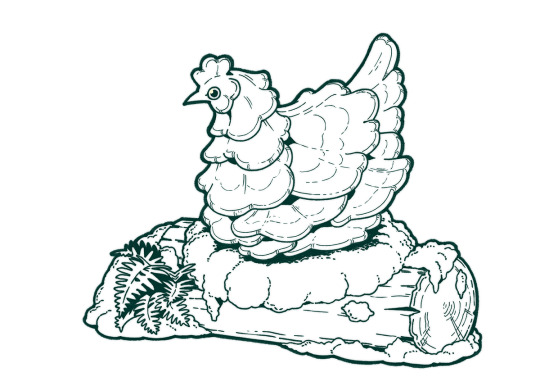
Illustrating some literal mushroom names in anticipation of baby's first convention season (as an independent artist)
Here's 1 out of 3 - Chicken of the Woods!
Come see me at VanCAF in May if you like chickens and/or mushrooms. I'll have stickers and postcards and other art toooo
11K notes
·
View notes
Text
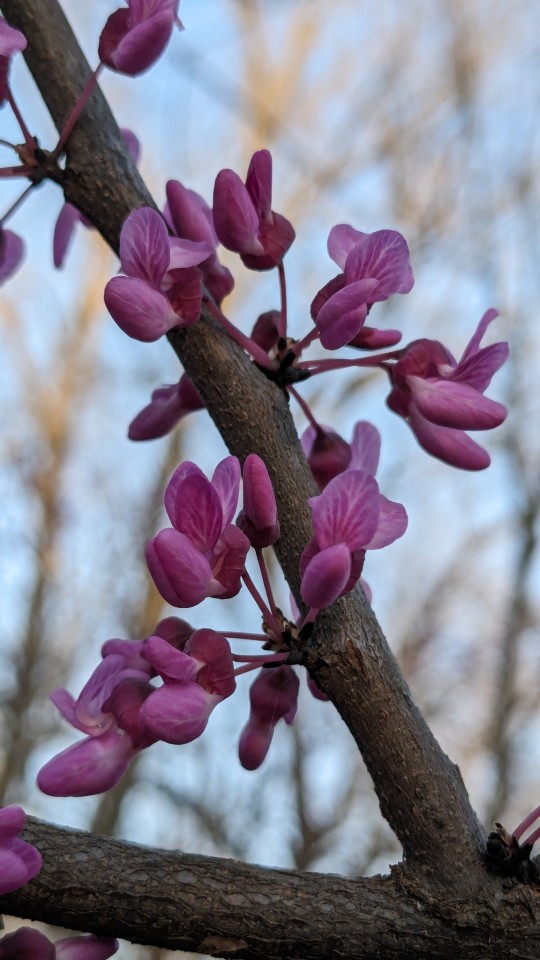
Eastern Redbud Tree
Cercis canadensis
This small tree in the legume family showcases lovely pink blooms in spring and is native to much of eastern North America. They grow in a variety of habitats, but prefer well-drained slopes in woods without many other plants to compete with. Its flowers are pollinated by carpenter bees and other bees with long tongues, and the leaves provide food for several caterpillar and moth species. The flowers on this tree are also edible and contain beneficial anthocyanins, a group of antioxidants.
March 19th, 2024
St. Charles County, Missouri, USA
Olivia R. Myers
@oliviarosaline
45 notes
·
View notes
Text
Foraging Today [21 March 2024]


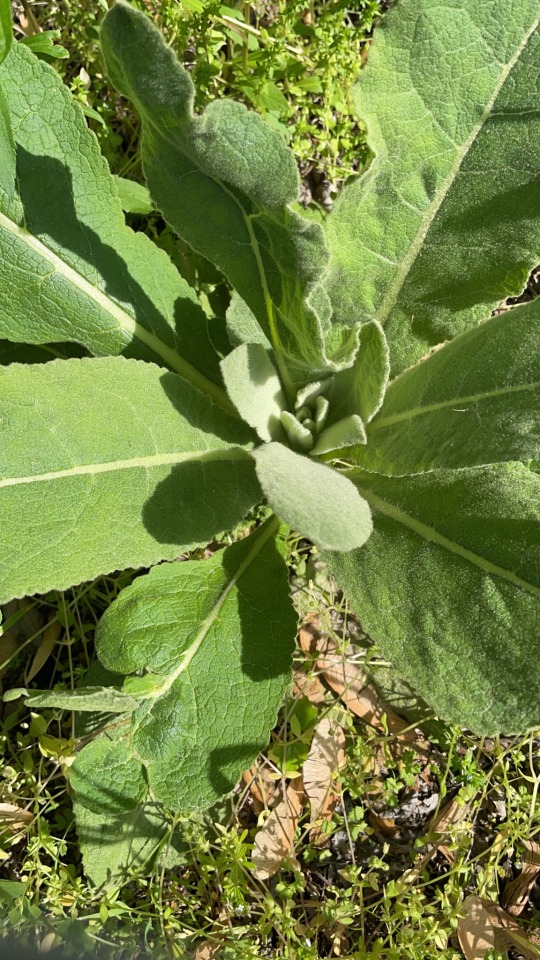
Common Ground-Ivy (Glechoma hederacea)
Rough Horsetail (Equisetum hyemale)
Mullein (Verbascum thapsus)


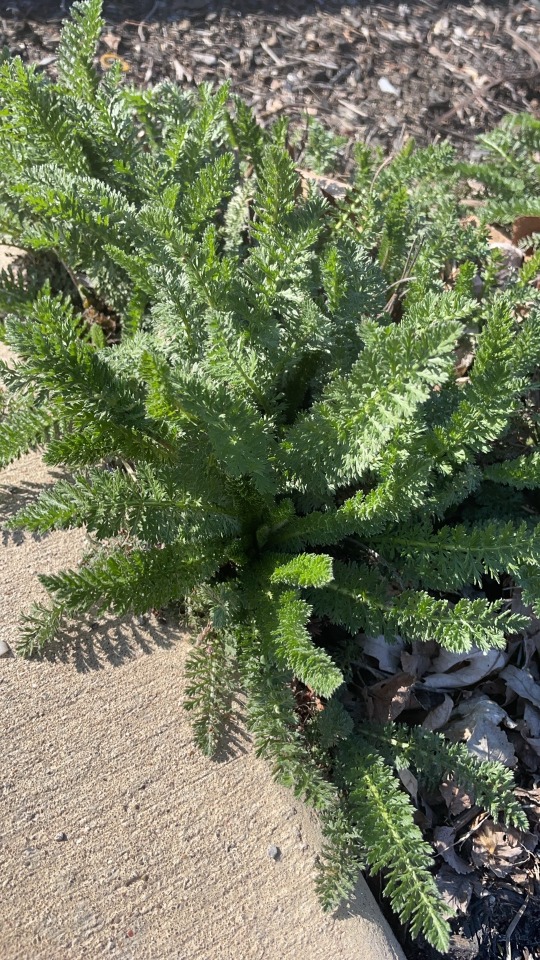
Stinging Nettle (Urtica dioica)
Purple Deadnettle (Lamium purpureum)
Common Yarrow (Achillea millefolium)
#queer-forager#alihartforages#foraging#forager#ground ivy#mullein#rough horsetail#purple deadnettle#yarrow#common yarrow#stinging nettles#wild edibles#medicinal herbs#medicinal plants
2 notes
·
View notes
